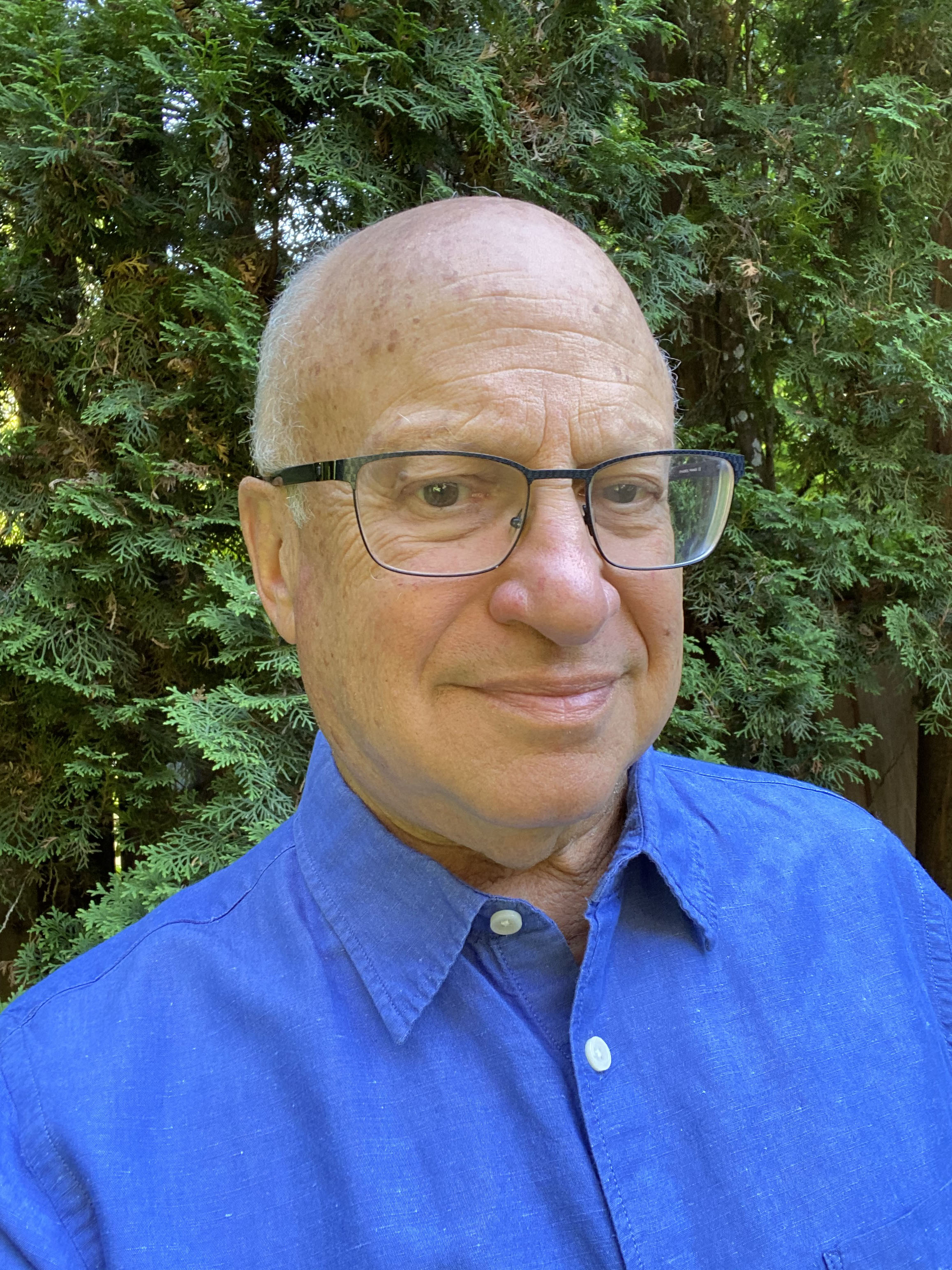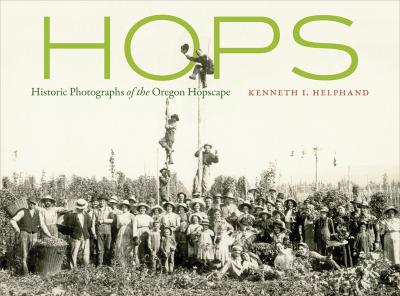Did you know that in the early twentieth century, Oregon was the leading grower and producer of hops? Kenneth I. Helphand, author of Hops: Historic Photographs of the Oregon Hopscape, uses photos and words to share stories of a rich part of Oregon’s agricultural history. This is not a book about beer, but about the hops plant and the community that picked it. Helphand describes in this interview his process for creating the book.
* * * * * * * * * *
OSU Press: What was the genesis for writing Hops?
Helphand: I teach landscape architecture and the history of landscape architecture. I am recently retired from the University of Oregon where I taught for 45 years. So, I have an interest in landscapes of all types. I’ve lived in Oregon since 1974. The genesis has multiple strands. One is I never saw hops growing until I moved to Oregon. I used to do a lot of bike riding in the valley and that was the first time I ever saw hops growing and I was just struck by these landscapes. I used to describe hops yard as a vineyard on steroids. I had a long-term interest in “agritecture,” which is the architecture of agriculture and all of the elements used in agriculture to support and protect growing plants. All the things that support tomatoes, squash, bean poles, and coverings to protect plants from birds, animals—that always fascinated me. Then I had the opportunity to research hops landscapes through the Foundation for Landscape Studies magazine, Fault Lines, for a special issue on agricultural landscapes, and through my research I realized that the national hops archives were less than an hour away from me at OSU. I made an appointment with Tiah, who is the archivist there, and she introduced me to the archives, print materials, and let me know about the photo archives. I was struck by the quality of these photographs and that interested me. I have a long-term interest in landscape photography. (above right: Hopyard, 1880; "Hoppicking Time is Holiday in Oregon"; Angelus Studio)
OSU Press: Why photographs? What do we learn from them?
Helphand: Photography can do a lot of things, but photography can be used narratively to tell a story. Individually and collectively all the pictures in the book tell a story. They tell a story about the plant, but then the seasonal cycle of hop growing as the yard is wired and strung and the plants grow. Ultimately, how they’re harvested, baled, dried, then go to market. They tell that story.
What I discovered dramatically in the pictures is another story that interested me equally—the social story of the culture of hop growing in the landscape. In the pictures there were vast numbers of people who were picking before it was mechanized. It took three to four weeks at a time to pick hops. This was a practice engaged by tens and thousands of people who would descend on hop yards—mostly in the Willamette Valley—to pick. This group represented every strata in society in terms of class, ethnic group, and generation. People gathered together and they worked during the day, and at night there was entertainment. There would be dances, movies, socializing, and the photographs tell that collective story. Oregon used to be the hops capital of the world. We tend to think of Oregon as having a logging, timber, and outdoor environmental culture, and I think Hops tells a different story of Oregon culture that not many know about. (above left: Pickers, Oregon City, circa 1890; Oregon Historical Society, Folder Ag-Hops Wkrs)
OSU Press: What was it like to spend so much time in the archives?
Helphand: To put it simply, I love archivists. I’ve spent a lot of times in the archives not only for this research but in other research I’ve done. An archivist’s job is to gather material for a collection and then organize that material to make it available to anyone who wants to see it. That means they know their collections. They are catalogued in different degrees and now things are scanned and digitized and you can look it up on your computer, but archivists have been working for many years to digitize their collections. You have to be clever about what you are seeking. I spent a lot of time gathering articles, text material, newspapers, loose files, and through the Oregon Digital Newspaper Program (ODNP), which turned out to be most important. Around hop picking time, the Oregonian would do a big hop picking feature. So, there are newspaper clippings and hop picking ads that are featured in the book. (image: Securing wire to poles with tractor pulling high tower, 1952; OHBA Gifford Photographic Collection, circa 1885-1958)
OSU Press: How is the book both a landscape and a cultural history?
Helphand: They aren’t contradictory terms. Landscape is culture and landscapes are a cultural phenomenon. I use the terms landscape in a broad sense, not just talking about the cultural landscapes, but essentially that landscapes are the world that human beings have created. We see this most dramatically with our rural and urban landscapes. How people interact with them and how the landscapes impact people is a symbiotic relationship of looking at the landscape as a manifestation of culture. We do this with other art forms and we expand that idea with landscapes. All the manifestations of the surrounding culture and the individuals who live in that landscape impact culture.
OSU Press: Did your relationship to landscapes change after you did your research on hops?
Helphand: I brought my career into this project so I wouldn’t say that it changed. Through that length of time I spent half a century thinking about landscapes. I would say that this project has enriched my understanding of a part of the world that I didn’t know that much about. I learned about the culture and the people who play a part in it. I had great support from the Oregon Hop Growers Association, who graciously supported this project.
OSU Press: Anything else to add about your experience writing Hops?
Helphand: Just that it was pleasurable to write and that people found this research fascinating. People over seventy can talk about how common hop picking and growing was in Oregon.  I even got an ad from a cousin in Los Angeles, who said that my auntie Anne used to have a phrase, “he’s hopping mad,” which meant he was full of hops. This was an expression I never heard, and it was a colloquial expression from the midwest that was a synonym for “he was full of beer.” That was a humorous part of the research.
I even got an ad from a cousin in Los Angeles, who said that my auntie Anne used to have a phrase, “he’s hopping mad,” which meant he was full of hops. This was an expression I never heard, and it was a colloquial expression from the midwest that was a synonym for “he was full of beer.” That was a humorous part of the research.
* * * * * * * * * *
Kenneth I. Helphand is Philip H. Knight professor of landscape architecture emeritus at the University of Oregon. He is the author of several award-winning books, most recently Defiant Gardens: Making Gardens in Wartime.
Related Titles

Hops
The craft brewing renaissance of recent decades has brought a renewed interest in hops. These vigorous vines with their flavorful flowers have long played an...
